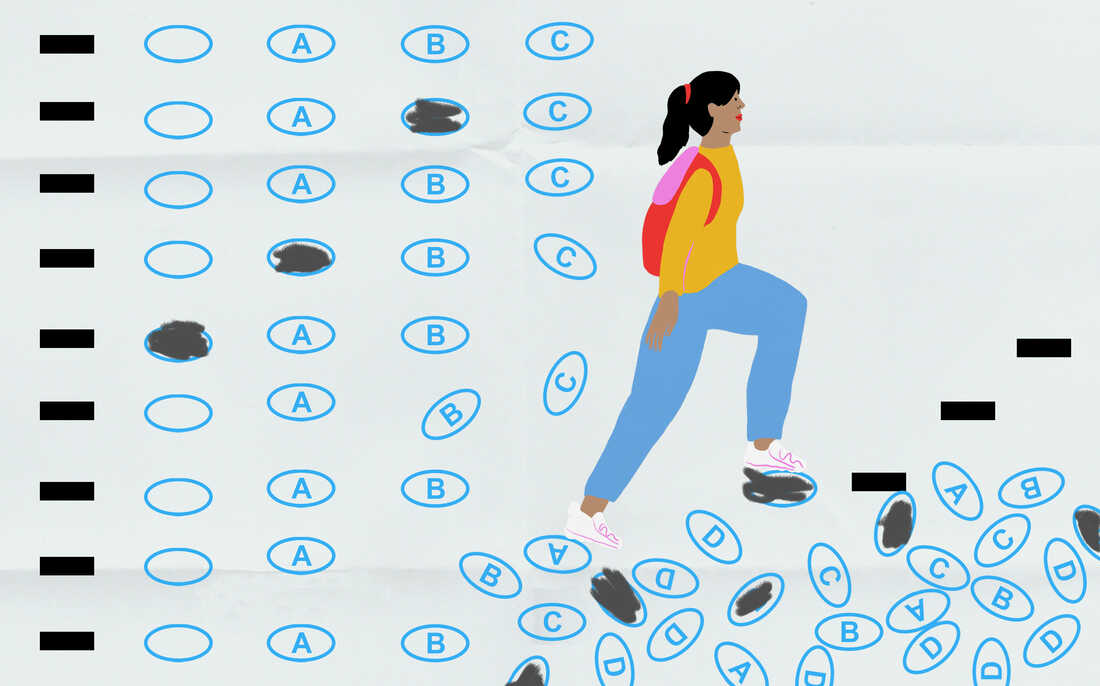During the fourth hour of my Friday night shift, I had been zoning out as usual, staring at the buzzing neon red words of the sign above the restaurant´s entrance. The tearing sound of paper and tape snapped my attention to the slip that lay before me. John, a party of one, was to be seated in the 200s section. I stepped down from the mounted block of cedar wood that is the host stand, grabbed a single silverware and bread basket, and called for John. As it is hostly duty, I asked him how his day had been and if he had ever eaten with us.
His crooked brow somehow became more angular, and his eyes bore into mine. Squinting, he locked onto me. I had become the target of his irritation.
On the way to his table, we had to make recurring stops for people leaving the restaurant. So far, John had stepped on my heel eight times. Before he could trample me altogether, he remarked on the further training I needed. ¨Don’t you know the customer is always right? Clearly not,¨ he told me. I apologized and stressed he was seated as soon as a table vacancy allowed. But he wouldn’t hear me, and with two last heel kicks, we had arrived before he could trample me entirely. He asked for my name, and I knew he would speak to my managers.
John´s urgency and outrage for improvement were sparked by the half hour he waited. Now, John had a long day, and never mind the dozens of other people crammed like sardines in the foyer, he was especially hungry and needed his food promptly. I can remember feeling genuine sincerity for him; his entitlement and insatiability weren’t intentional traits of his.
Rude customers, like John, are not uncommon. John is a testament to the reality of our consumer world.
On the walk back to the host stand, I realized that every person waiting in that foyer had to have been, in some capacity, annoyed that they were waiting, just like John. I began wondering whether we all mask an underlying, primal satiation for the immediate satisfaction of our desires.
Whether it be food, clothes, or any dopamine-releasing action, people love helping themselves.
Materialism is more present in society than ever before. Fast fashion is a prime example of this. Companies will muster up dozens of new designs monthly that cater to social trends. A couple of months back, the social media trend of tying bows to miscellaneous objects and relating to clientele in a “girlhood” sort of way gained traction. Not long after, bows were printed and sewn onto shirts, pants, and sweaters or made as accessories in every imaginable manner.
In the United States, the relationship between individuals, the larger society, and businesses functions off the business capitalization of consumer wants and mutual priorities of self-indulgence. The complex nature of this relationship thrives from hyper-individualism. A phenomenon in which individuals prioritize their wants, profits, and means of production with disregard for others and loss of collective accountability. What teenage girl wouldn’t be tempted to buy a cheap t-shirt with a pink bow on it when her age demographic has deemed it desirable? Both consumers and producers are satisfied.
The cost of this seemingly insignificant material transaction, though? Much more impactful than many realize.
According to McKinsey and Company’s report, The State of Fashion, and the article What is Fast Fashion, it is estimated that low-priced clothing will be discarded after only seven wears, and for every five garments produced, three will end up in a landfill. The article also states that 40% of US consumers and 26% of UK consumers shopped at Shein or Temu in 2023. Shein is easily the most popular of recent fast-fashion giants. There have been numerous reports of the company´s unethical working conditions and Chinese labor law violations, with 75-hour work weeks being ¨the norm.¨
When we consumers click a purchase button or swipe a credit card, the negative impact on the climate or exploited workers isn’t a consideration. As consumers in industrialized countries, we experience an enormous disconnect from the harmful reality of our constant need to buy more and more material goods.
The current state of our hyper-individualized society is not an abrupt occurrence, though. The intellectual movement of the Enlightenment, which began in the 17th century, promoted skepticism, reason, and individualism. It sought the empowerment of individuals through the pursuit of self-interest. Not long after, themes favoring individualism began seeping into society in all aspects, through art, technology, political, and social advancements. A remnant of this era, the laissez-fair economic policy, has possibly had the largest impact on current society. More commonly known today as capitalism, the policy calls for the absence of government intervention in free market transactions.
Capitalism, especially in the United States, describes an overarching way of life that, since America´s industrialization, has catapulted the American economy into what it is today. Capitalism has undoubtedly created a fruitful society, but it has also created class divisions on a large scale. As of 2024, a reported 759 billionaires live in the U.S. alone. While conglomerates like Shein, Amazon, and Disney make incomprehensible profits, at the opposite end of this spectrum, extreme poverty, unhousing, and financial aid are still issues that remain unsolved. In 2023, an estimated 36.8 million Americans were living in poverty.
Capitalism is not inherently a bad thing, but the magnitude of its effect on today’s society has fostered concerning wealth distribution. ¨The unequal distribution of wealth in the world is due to the uneven distribution of capitalism,¨ according to the CATO Institute. An understanding of capitalism correlates to an understanding of businesses. Predatory marketing targets the public’s desire to become better, makeup companies cater towards vanity, and gyms cater towards insecurity.
Has becoming better versions of ourselves turned into a psychological competition to become the best? Fighting for that promotion at work, outbidding an offer on a house, or buying that cute shirt that’s selling out fast. Individuals value material acquisition because society values material acquisition, and we live in a world where acquiring these goods is inevitable. But we can change our attitudes and tendencies towards buying. By gaining mindfulness, we can gain clarity.
Every shift at work, when I catch myself hyper-fixating on minuscule, seemingly insignificant moments of our human nature, I remember that having the ability to recognize the patterns in our actions is an important component to ending the cycle of oblivion towards issues.







